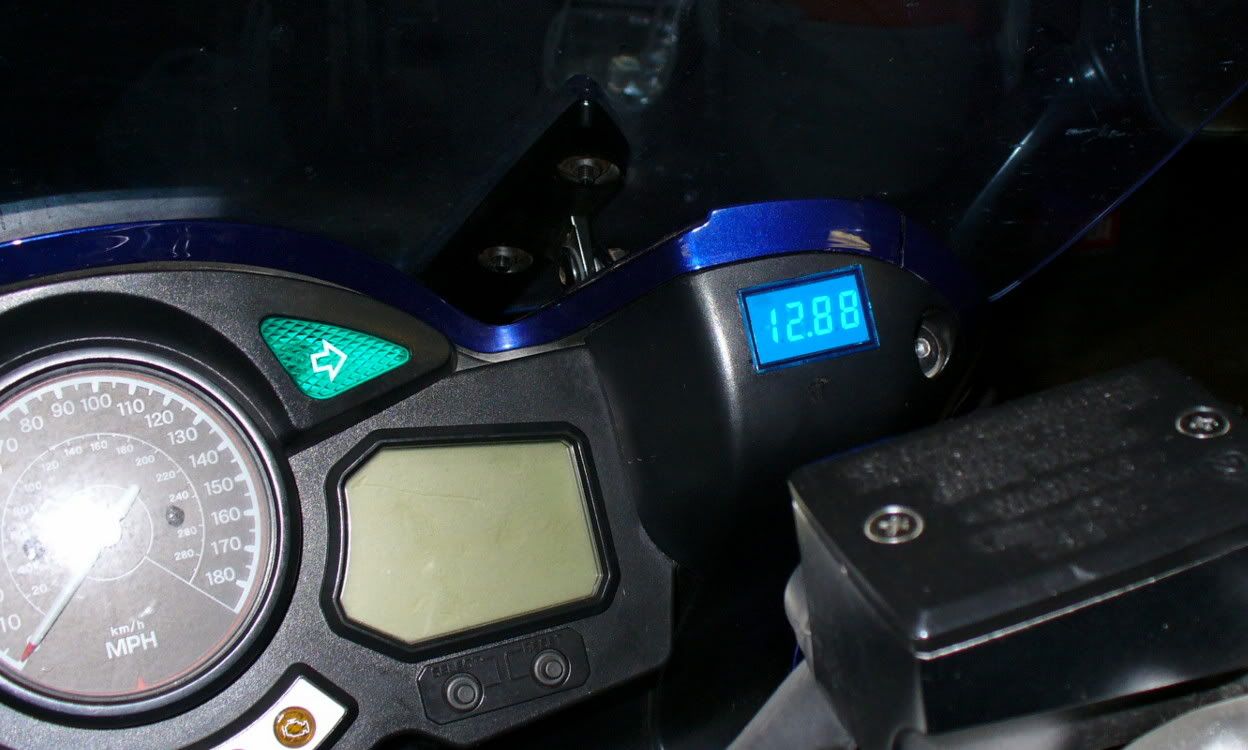The gauge of the wire used for a stand-alone voltmeter is of very little significance. This is because voltmeters draw so little current that there is an insignificant voltage drop on the meter wiring even if it was an overly small gauge. The max current draw of a Datel meter is just 13ma (.013 amps).
Datel Voltmeter Datasheet
The wiring to the gauge should be selected based on the fuse rating of the circuit. Since the gauge manufacturer has no way of knowing the fuse rating of the circuit that you are installing the meter into they cannot possibly tell you what gauge wire to use. If you added a dedicated fuse to the wiring for just the voltmeter and used a small enough fuse you could get away with some very small wire.
Having the meter on a switch directly to the battery would enable checking the battery prior to turning the ignition on, but that gives limited diagnostic information. I have my Datel wired directly to the battery, but through my 30A relay that I use to switch my accessories. The relay is controlled by the running lights, so the meter only comes on with the ignition key. This is more convenient as it makes it impossible to forget to turn it off. However, when you turn on the ignition a lot of other electrical devices also get turned on, so the battery does get loaded down a bit. In other words, you'll never see that magic ~12.8V that says the battery is "fully charged".
But that doesn't mean the gauge can't tell you the same info. Once you learn what the normal voltage level is for the bike with the ignition on, you just use that as your "fully charged" level. For instance, I measured my battery voltage at the terminals with a digital Fluke multimeter and I get 12.8v with the key off and 12.1 volts with the key on. My Datel also shows 12.1 volts with the key on, so I know that 12.1 is a fully charged battery.
The voltage level with some nominal load, such as with the key on before starting, is actually a better indicator of battery health than the static measurement as the load will bleed off any surface charge on the battery, and reveal a battery with an increased internal resistance.
The main utility of the panel voltmeter is with the engine running, as that will show you the output of the alternator and its ability to recharge the battery.
Good source for Datel Panel Meters















